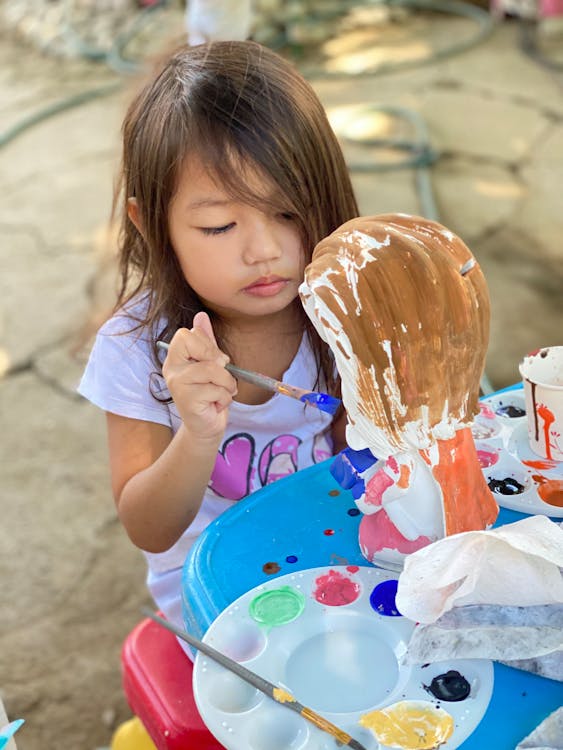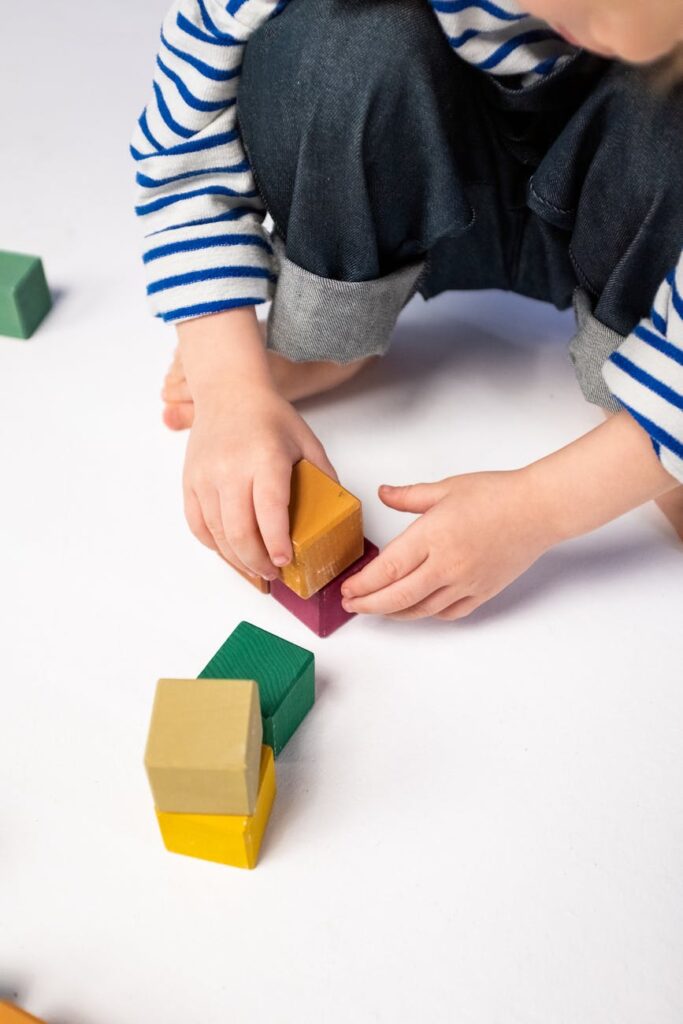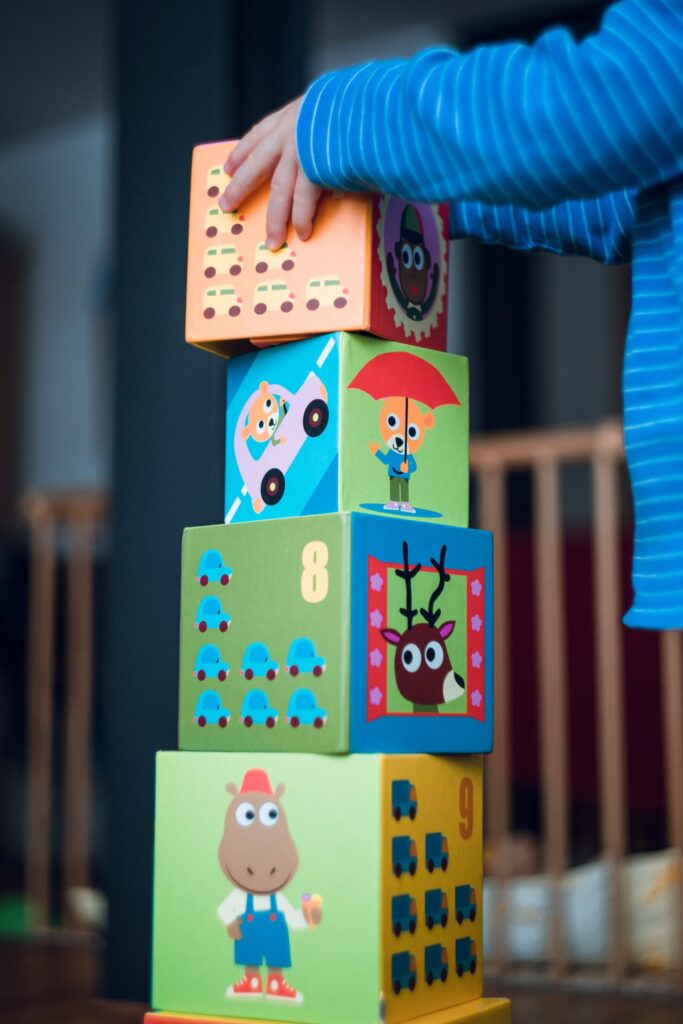Motor skills include all forms of walking, running, stretching, bending, catching, and throwing. They are the fundamental components of all games and exercises in sports, physical education classes, and everyday life.
A motor talent is an ability that requires precise muscular movements to carry out a particular task. These exercises could involve jogging, walking, or biking. The neurological system, muscles, and brain of the body must cooperate to achieve this skill. Reducing the amount of energy needed for performance while increasing accuracy and success rates is the aim of motor skill optimization. The act of doing a motor skill or job is called a performance. When a particular motor ability is consistently practiced, performance will increase significantly, which promotes motor learning. A somewhat permanent alteration in one’s capacity to execute a skill brought about by consistent.
A developed ability to move the body in coordinated ways to consistently perform physically demanding tasks, such as those found in sports, combat, or personal locomotion—especially those that are specific to humans, like ice skating, skateboarding, kayaking, or horseback riding—is known as a fundamental movement skill. When performing explosive motions, like throwing a baseball, movement skills often involve stability, balance, and a coordinated muscular development from prime movers (legs, hips, lower back) to secondary movers (shoulders, elbow, wrist). The majority of physical training places a strong emphasis on building core muscles. Basic movement skills in sports make use of sport psychology and human physiology.
Types of motor skills.
Muscle motions and activities are referred to as motor skills. Two main categories of motor skills exist:
Gross motor skills– necessitate using our arms, legs, and major muscular groups in order to carry out movements like crawling, balancing, and walking. Because they don’t demand a lot of talent, they are typically related to ongoing duties. Early childhood is when most of these skills are developed. Every day, we employ our gross motor skills without giving them much thought. After periods of non-use, the gross motor skill performance level does not alter. Two subsets of gross motor abilities can be identified: locomotor skills, which include running, jumping, sliding, and swimming, and object-control skills, which include dribbling, kicking, throwing, and catching.

Fine motor skills – necessitate using smaller muscular units to accomplish smaller tasks. The muscles in our wrists, hands, fingers, foot, and toes are among these muscles. Certain chores, including playing the piano, tying shoelaces, brushing your teeth, and flossing, require precision. If not used, some fine motor abilities may eventually lose their ability to be retained. The adage “if you don’t use it, you lose it” perfectly captures the essence of these abilities; constant use is required. Discrete actions like changing a car’s gears, holding something, or lighting a match typically call for greater fine motor control than gross motor control.
Both fine and gross motor skills can be compromised. These impairments can be brought on by diseases, trauma, strokes, congenital deformities (abnormal variations in a body part’s size or shape from birth), cerebral palsy, developmental disabilities, issues with the brain, spinal cord, peripheral nerves, muscles, or joints, or issues with developmental disabilities.
Development.
Three concepts underpin the development of motor abilities in various body parts:
- Proximodistal: the idea that limbs closer to the body develop before those farther away. For instance, a baby learns to control their upper arm before their hands and fingers. The fingers are the last parts of the body to fully develop fine motor skills.
- Cephalocaudal: the idea that development occurs from head to tail. For instance, infants first learn to lift their heads on their own, followed by sitting up with assistance, then sitting up by themselves. And finally, walking.
- Gross to specific: a pattern in which more powerful muscle contractions occur before more delicate ones. A youngster may progress from being able to solely pick up large objects to being able to pick up little objects by placing them between their thumb and fingers. While the kid grows, finer movements and the accomplishment of specific tasks become possible. The earlier movements include bigger sets of muscles.
Preschool years (ages 3–5) are crucial for the development of motor abilities in children because at this time, essential neuroanatomic structure significantly develops, elaborates, and myelinates. The rate at which children acquire their motor abilities is influenced by numerous factors. Around a particular age, children are expected to develop a wide range of fundamental motor skills and movement abilities, barring a serious handicap. Throughout an individual’s life, motor development occurs in seven stages: reflexive, basic, sports skill, growth and refinement, peak performance, and regression. Age affects development, but it does not determine it. Age-wise, it can be observed that average growth is anticipated to reach gross motor skills—which are necessary for postural control and vertical mobility—by the age of five.

There are six aspects of development:
• Qualitative: alterations in the movement process lead to modifications in the movement product.
• Sequential: Some motor patterns occur before others.
• Cumulative: present movements are constructed upon those of the past.
• Direction: either proximodistal or cephalocaudal
• Multifactorial: the influence of multiple factors
• Personal – reliant on every individual
Gender differences can have a significant impact on motor abilities during the early stages of development in children. When it came to visual motor and graphomotor activities, girls outperformed boys in the article “An Investigation of Age and Gender Differences in Preschool Children’s Specific Motor Skills”. According to the study’s findings, girls develop their manual dexterity before guys do. The variety of evaluation instruments utilized can be blamed for the variation in test results. Furthermore, it appears that environmental influences have an impact on gender variations in motor skills.
Basically, “parents and teachers often encourage girls to engage in activities requiring fine motor skills, while they promote boys’ participation in dynamic movement actions” . The evidence supporting gender-based motor skills is clear in Lisa Barrett’s journal article, “Gender Differences in Motor Skill Proficiency From Childhood to Adolescence”. Boys are generally more adept at manipulating and controlling objects. Throwing, kicking, and catching are some of these tasks. After testing these abilities, it was found that guys are more adept at them. There was no proof that the genders’ locomotor skills differed, although both genders’ skills improved with physical activity. Overall, boys’ development was primarily focused on manual skills (fine motor) and balance skills (gross motor).
Components of development
- As an individual moves toward maturity, their body or its parts will become larger (this is a quantitative structural change).
- Maturation, on the other hand, refers to qualitative changes that allow one to advance to higher levels of functioning; these changes are essentially intrinsic.
- The terms “experience” and “learning” refer to elements in the environment that can change how different developmental traits manifest themselves during the learning process.
- “Adaptation” describes the intricate relationship or interplay between forces in the individual (nature) and the environment (nurture).
Influences on development
- tension and arousal: An imbalance between a task’s demands and a person’s capacity leads to tension and anxiety. Arousal in this sense refers to the degree of interest in the ability. Moderately high levels of stress or arousal are best for performance.
- tiredness: akin to the muscular exhaustion felt after vigorous or prolonged exercise, tiredness is the decline in performance that occurs when a stressful task is performed for an extended length of time. Over-arousal is the root cause of fatigue. A person suffering from fatigue may experience a variety of perceptual abnormalities, such as a decrease in visual acuity or awareness, a slowdown in reaction times or movement speed, uneven timing, or a disorganized performance.
- They continued to struggle with mastering the same tasks even in the days that followed, once their exhaustion had worn off.
- Vigilance: the capacity to pay attention for extended periods of time and react correctly to pertinent cues. A lack of attentiveness might cause reactions to stimuli to happen more slowly or not at all. There are tasks that call for a lot of attention and minimal effort.
- Gender: A child’s growth is significantly influenced by their gender. Boys primarily practice manipulating objects, whereas girls are more likely to be observed engaging in fine stationary visual motor skills. Girls were more likely to be observed executing hand-only or skipping abilities, as well as hopping, when studying preschool-aged children’s motor development. Boys were observed acting.

Stages of motor learning.
- Practice leads to a shift that is known as motor learning. As one’s surroundings change, it frequently entails increasing the accuracy of both simple and complex actions. Because it takes time to develop and keep the ability to respond appropriately, motor learning is a rather permanent skill.
The cognitive, associative, and autonomous phases are the phases of motor learning. - Cognitive phase: “What needs to be done?” is the learner’s main thought process when they are first introduced to a particular task. In order for the learner to identify effective tactics that appropriately reflect the desired aim, a significant amount of cognitive activity is needed. Effective tactics are kept, while ineffective ones are dropped. In a little period, there is a significant improvement in performance.
- Associative phase: After figuring out the best method to do the assignment, the learner begins to subtly alter their performance. Movements become more constant and improvements are more gradual. This stage may take a very long period. This phase’s skills are aesthetically attractive, efficient, and fluid.
- Autonomous phase: It could take several months or perhaps years to reach this stage. The reason the phase is called “autonomous” is because the performer can now “automatically” finish the task without having to focus on it. Examples include sight reading while performing basic math or walking and talking.
